Q&A with Mary Bennet Illustrator, Anna Lunt
I am so thrilled today to be joined today by illustrator Anna Lunt, to talk about creating the interior illustrations for my Secret Life of Mary Bennet series.
In Pride and Prejudice, Lady Catherine de Bourgh judges Elizabeth Bennet for the fact that none of her sisters know how to draw. I decided, while writing my own series, that Mary would have always wanted drawing lessons. These lessons become a major part of the first book in the series, and then she continues to use her drawing skills in her work as a spy.
Lady Catherine de Bourgh, from the 2005 version of Pride and Prejudice
The Secret Life of Miss Mary Bennet contains one illustration, Lady Trafford’s ear, which Mary Bennet draws in a letter to her sister Jane. The third book in the series, The Lady’s Guide to Death and Deception, contains two illustrations: Mary Bennet’s drawing of the crime scene, and a map of the basins in Brussels, with relevant spots marked (i.e. the location of the dead body).
The real artist behind these drawings is Anna Lunt, illustrator and writer extraordinaire. I hope you enjoy this interview with her, in which she talks about creating the illustrations for the Mary Bennet spies series, as well as her watercolors, her vineyard, and her other projects.
Q: How did you decide on what style to do the drawings? How did you approach representing the art of a fictional character?
Thank you for the chance to chat about the sketches in the Secret Life of Mary Bennet series! It was so fun to step into Mary’s shoes and attempt to draw for her hand. I first became familiar with Mary’s story from the early drafts we reviewed in our writing critique group long before Kathy was even submitting to agents. I love how in the first book how Mary finally gets a chance at developing skills–to take French lessons and drawing lessons–after being in a family where she was overlooked and forgotten.
When Kathy asked if I could do an ear drawing for Mary’s letter, she supplied a bit of the chapter so I understood the context. I’ve always found Mary very relatable and using the clues I had about her, I tried to step into a character who had some drawing instruction and imagine the details that she would notice. The fact that she was drawing the ear of Lady Trafford was a delightful insight into Mary’s character.
Q: Tell us a little more about your artistic process in creating these drawings. Did you do quick sketches first, plan it out, or use models? How many revisions did you make?
It was a bit different for each sketch.
For the ear, I did a search online for “short haircuts of older women” and studied ear after ear to find a model for Lady Trafford’s distinguished ear. When I found a model I liked I did a few sketches. One was rougher and the other with more attention to blending the shading. I sent both to Kathy and she chose the blended shading.
For the map, Kathy had a map for me to use as a reference, with a few details to adjust for the time period. I enjoyed outlining the landmarks and shading in, and even leaving smudges as that would be how a drawing for Mary would look, especially if she had been blending with her finger.
I attempted some penmanship on a draft of the map, but when I happened upon the Jane Austen font online, I was very excited to find a better representation of the period’s handwriting. I scanned my drawing and added the text on my computer.
A cropped portion of a map from 1837, which was given by the author to Anna Lunt as a model for the map. Note that some of the canals which did not exist in 1815 have been crossed out.
Mary Bennet’s map of the crime scene in Brussels, by Anna Lunt (included in The Lady’s Guide to Death and Deception)
The crime scene sketch was the hardest one, as the only thing we had to help me imagine the view of the basins was from a painting, and the vantage point was wrong. I did rough sketches of the painting to learn details, but we needed the tree to be the focus of the sketch. I did many iterations to figure out what elements to include. I love that Kathy wanted to make sure I showed boats on the basins. That was my favorite part! As I sketched, I imagined standing there in the world I had mapped out in the other sketch. It felt right once I added the bushes and blood trail–Although, I kind of wish I’d put raindrop marks on it, as Mary did get caught in the rain as she finished her drawing.
Q: When you’re not channeling a Regency spy, what type of art do you normally create? Can you show us (and tell us about) a few sample pieces from your portfolio?
I love creating in watercolor and primarily create art geared toward a child audience–So quite different from historical mystery! I write as well and love creating picture book stories that incorporate animals, humor, growth, and compassion.
I love painting birds, so they often find their way into my pieces.
This one features one of my goats, Vincent van Goat. He is also the inspiration for many stories. You can tell he is quite pleased with himself sitting upon the eggs for his friend, but he also has no idea what is coming.
I love working in watercolor because for me it is very much about the process. I love mixing colors, I love whisking my brush across the page. I love the sound of swishing my brush in my water jar.
Q: Those who follow your Instagram feed know that you also have a farm. Tell us about your farm and how it influences your art.
Link to Anna’s Instagram feed
We’ve lived on this vineyard for five years and have gradually been transforming it into a homestead. We raise chickens, ducks, geese, rabbits, and goats… also have cats and a dog. My husband, Bryce, grew up on a ranch so this lifestyle was very natural to him, but so new to me! I enjoyed living here the first few years and found inspiration in it, but the animals and such were very much Bryce’s thing. Then last year at the very end of a tough harvest season, Bryce broke his foot and couldn’t even walk out in the yard. I took over responsibility for EVERYTHING, including two milk goats and bottle-feeding baby goats. I was completely immersed in the care of all the things and it transformed me. Not surprisingly, that is when a shift began to happen in my art as well. It’s hard to explain, but my creativity is very much intertwined with being outside and caring for my animals and gardens. It fuels my spirit and my creativity. My connection with God. One of my sisters came to visit our farm for the first time recently and she said, “I can see your inspiration now, it makes sense.” So visually my farm influences my art, but it’s also something much, much deeper. I truly love living here and love continuing to learn and find inspiration all around me.
Q: What is your background in art? How did you learn to draw and paint?
In junior high and high school, I loved creating and took a lot of art classes and even did private instruction with Andrea Kirk, but decided not to pursue art in college. I took creative writing classes at BYU and discovered a passion for picture books in Rick Walton’s class and knew in my heart someday I would write and illustrate my own stories. After graduation, while my husband was in grad school, I wrote and dreamed up stories as we welcomed our first child. After my second child was born, I found our local library had a watercolor instructor who did lessons, so I went every week! I was in heaven. I learned many techniques but mostly did portraits. I still hadn’t stepped into the world of narrative illustration. When I moved to Michigan and had my third child, I learned Kathy had a writing group. I jumped on the opportunity to meet monthly with writers and develop my imagination and confidence. After my fourth baby was born, I knew it was time to work beyond my perfectionism, and I took steps every day to draw and paint. It was the pandemic, and I felt like I was in survival mode caring for four young children, but even on hard days I read to my children and paid attention to the art that spoke to my heart. I have been working at it for 2 ½ years now. I’ve been blessed with many opportunities to learn, like working on the Mary illustrations and even a mentorship with the amazing author and illustrator Dow Phumiruk. And so my journey in art has been gradual, but it is also something that has been a tremendous joy for me to continue to grow and develop in.
Q: What advice would you give someone who wants to begin their journey as an artist?
Most of the reasons that kept me from pursuing art were my own limitations. Learning to shift my mindset and be open to possibilities made all the difference, but it’s taken years to get out of my own way and drop my excuses. I couldn’t do it alone. A supportive critique group, mentors, coaches, teachers, and family have helped me to keep moving forward. If you really want to learn, believe in yourself and go for it. Drawing is a skill you can learn, just like Mary! Find an instructor, connect with other creators, listen to creative podcasts, cultivate a connection with your spirit, or simply get outside and observe nature. Most importantly, do a little creating each day. Create the time, because it is time well invested. Believe that those little steps will add up to something.
Q: What are your goals for your art and your writing in the future?
I’m working toward publishing my own picture books! I have the story about Vincent van Goat that I’m currently illustrating and I’m also very excited about a religious picture book I’m working on about the gardens of God. Another project I’m working on is preparing art lessons: one geared toward children to go along with my Vincent van Goat book, and another for a more broad age range to teach watercolors as a way of connecting your mind, body, and spirit.
Thank you!
Thank you, Anna, for joining us to talk about creating the interior illustrations for the Secret Life of Mary Bennet series, as well as your own art and other thoughts on art and creation!
I highly recommend Anna Lunt’s monthly newsletter, which has thoughts on creativity and life, as well as insights into her drawing and other projects.
You can also follow Anna Lunt on Instagram, and see more of her portfolio on her website, Picture Book Homestead.

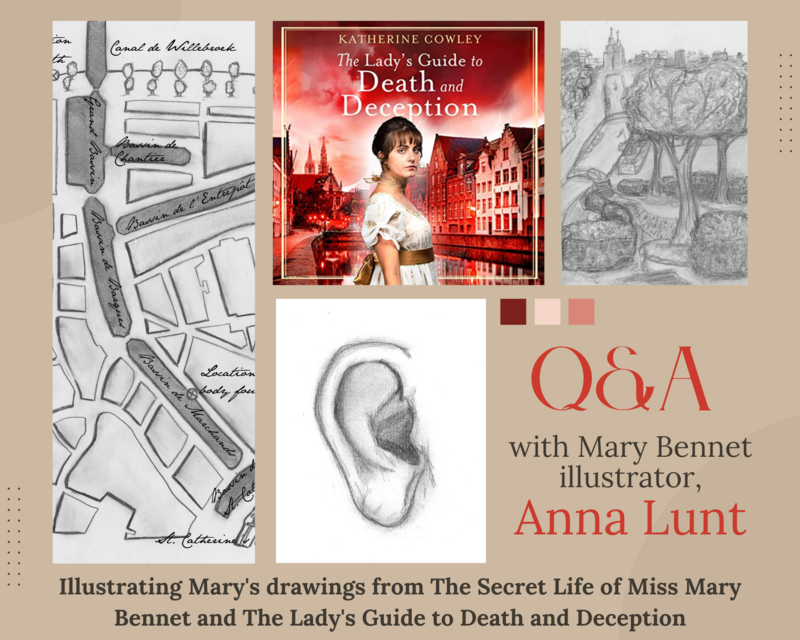
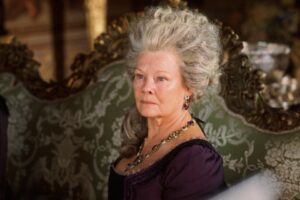
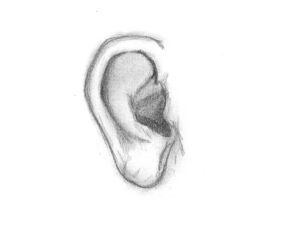
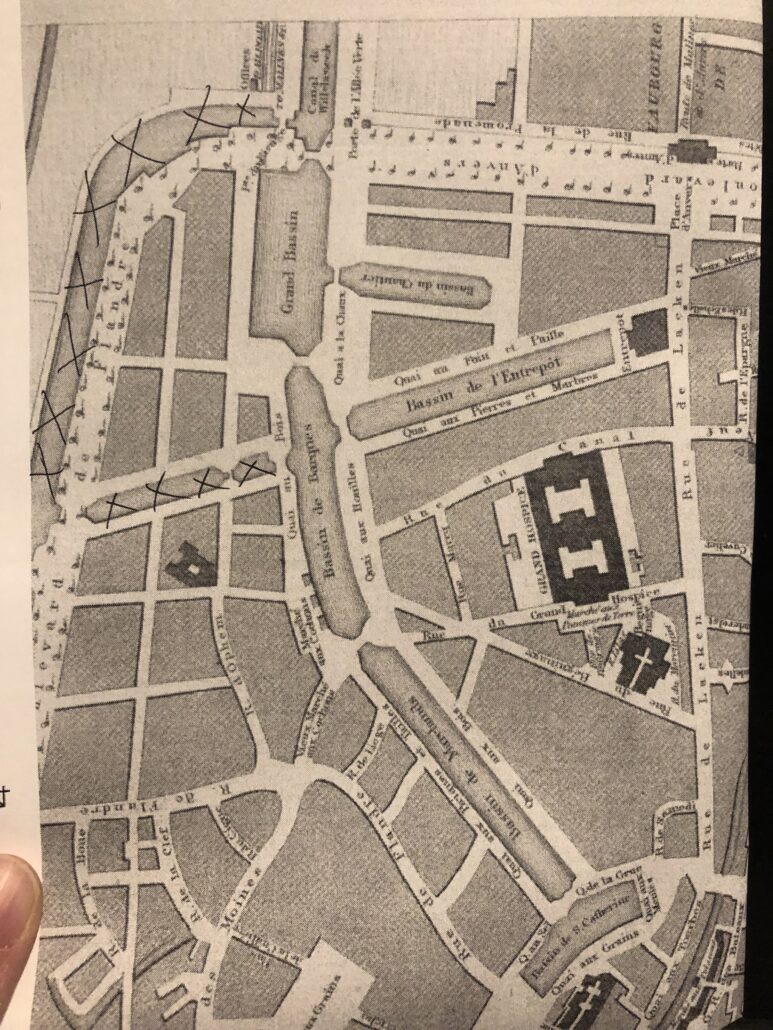
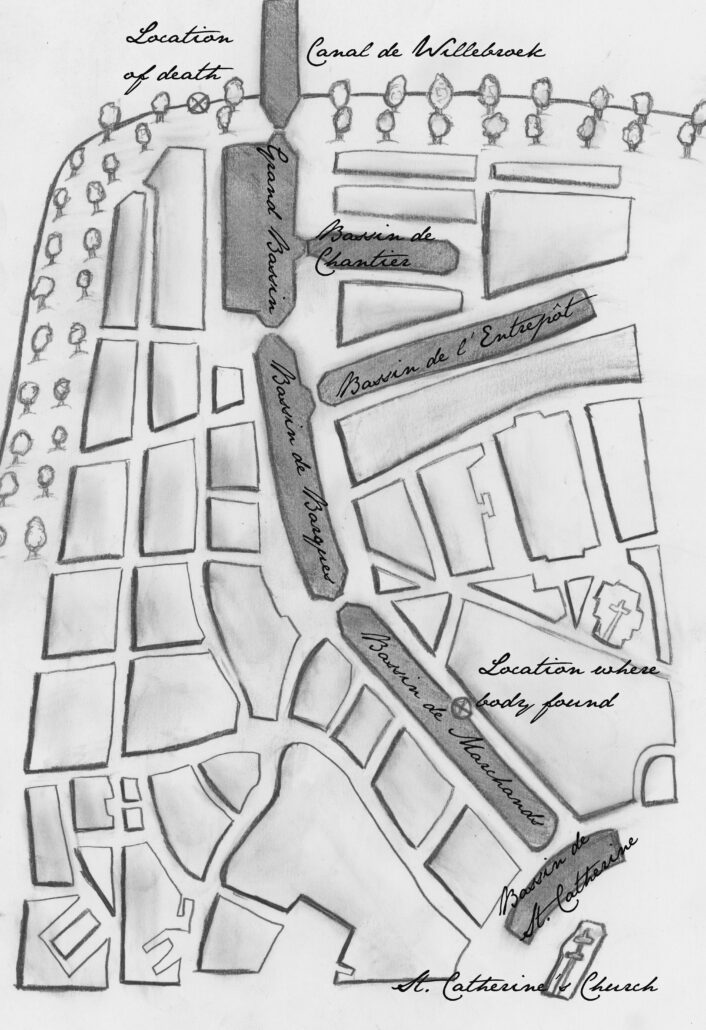
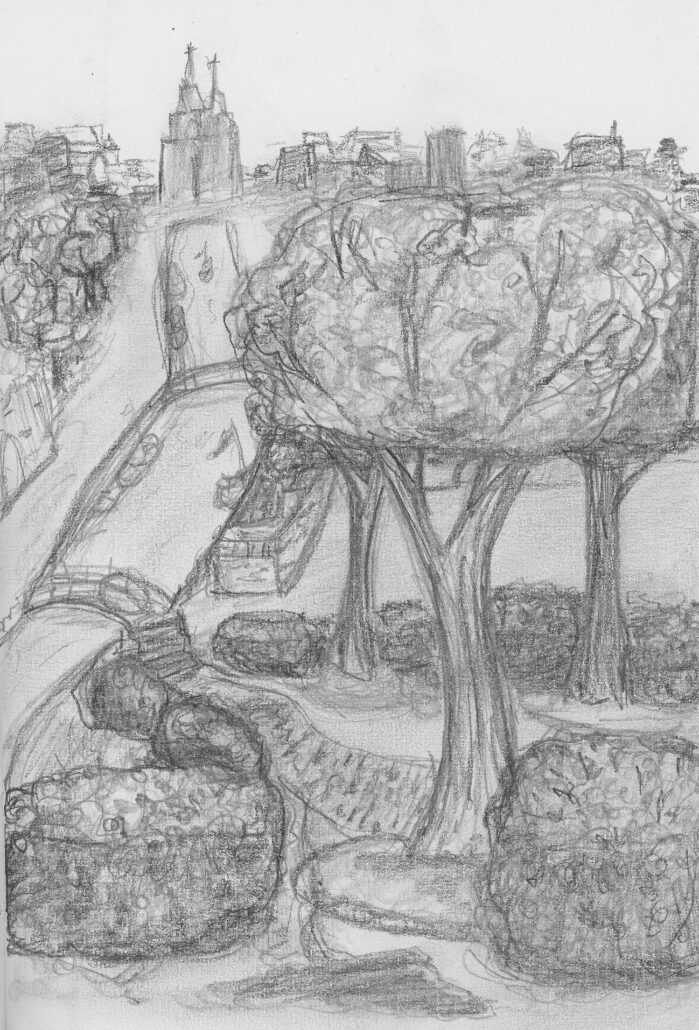
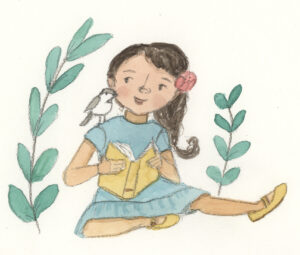
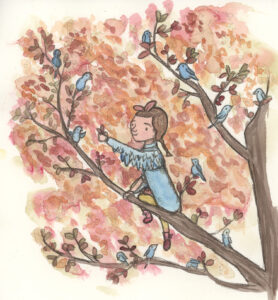
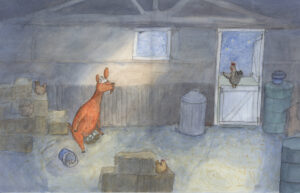
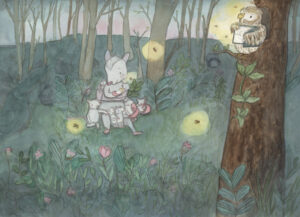


Leave a Reply
Want to join the discussion?Feel free to contribute!